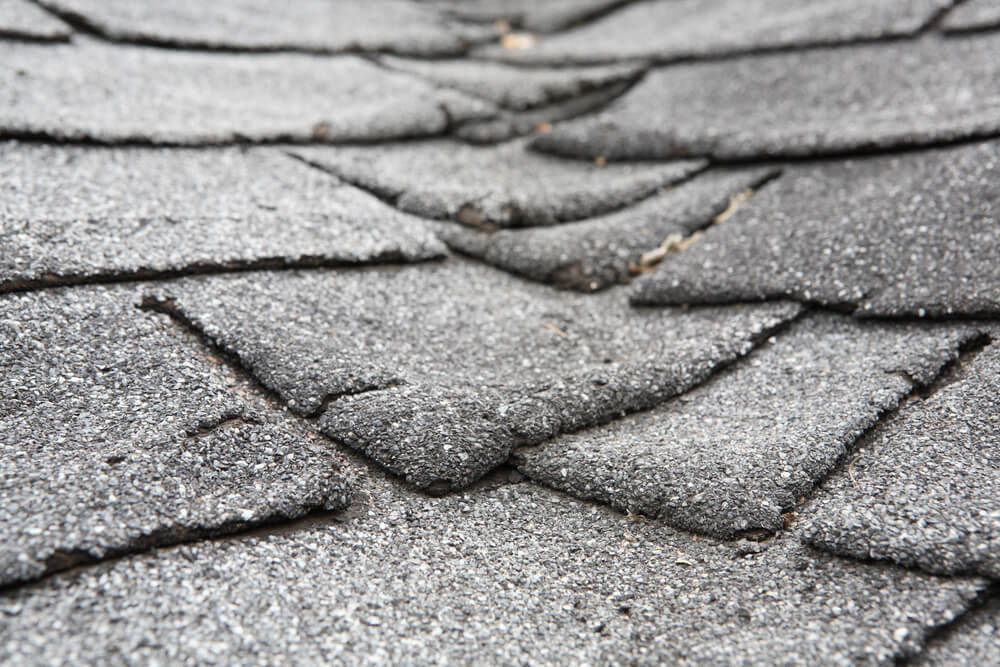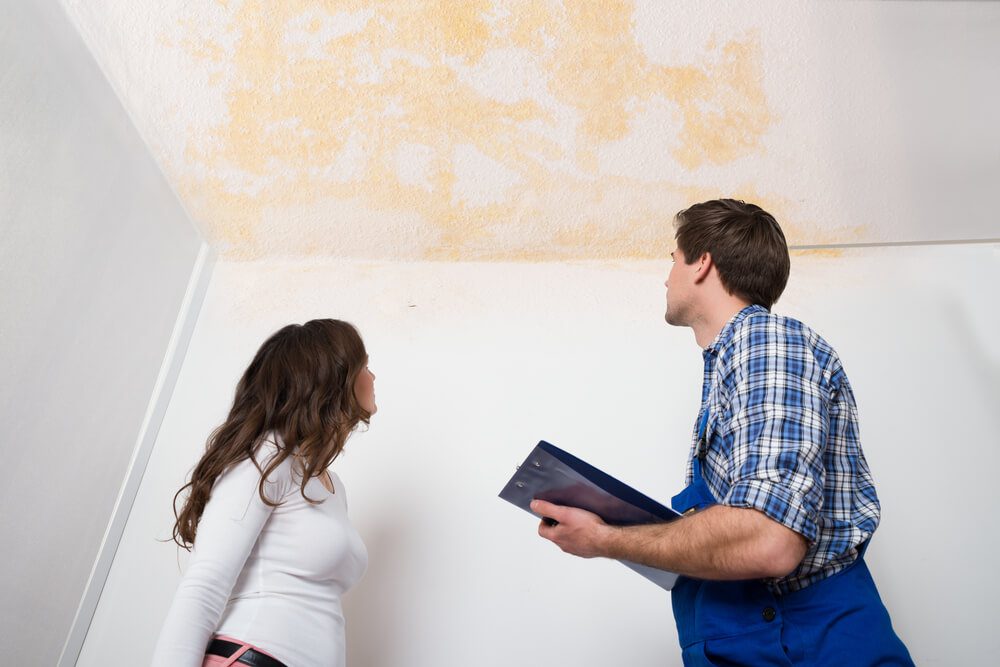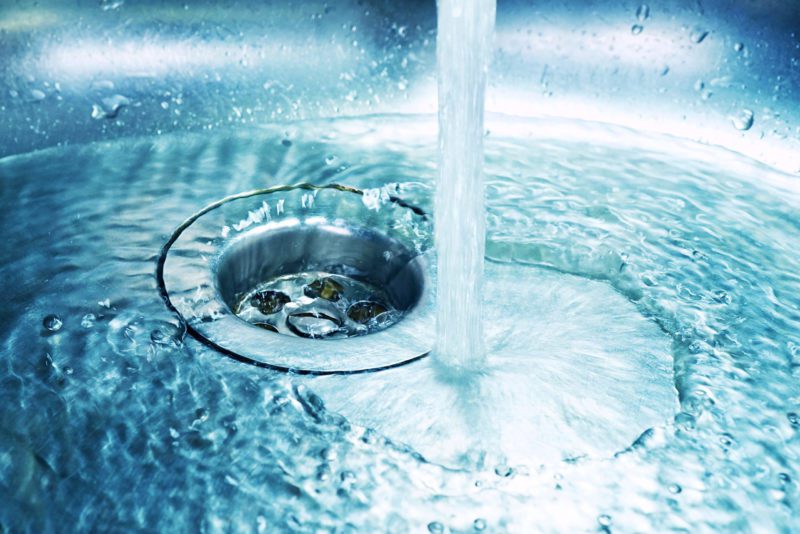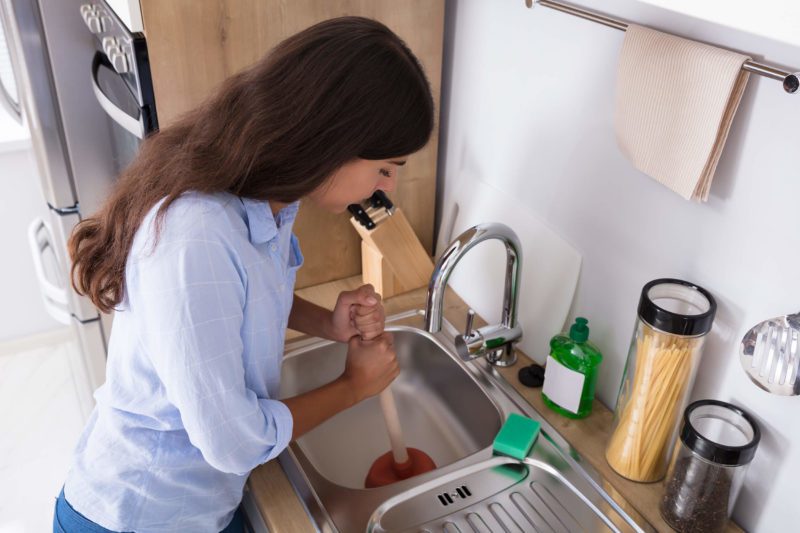Blog
Suspect a Ceiling Leak? Identify Where It’s Coming From and Have It Repaired ASAP!

Do you see dirty water leaking from the ceiling? Water can wreak havoc on your home and do thousands of dollars worth of damage. Ceiling leaks in your home often indicate you have a plumbing, roofing, or rain gutter problem.

These leaks can cause all kinds of problems in your home, but taking quick action will help thwart the ensuing water damage to your home and its structure. Water leaks can cause serious problems in your home associated with mold, mildew growth, and drywall and wood rot.
What Does a Ceiling Leak Look Like?
If you notice any of the following signs of ceiling leakage, immediately look for and eliminate the source of the leak:
- Water Stains: Water stains on ceiling tiles or drywall are usually a dark, yellow, or rust-colored.
- Peeling Paint: Paint that is flaking, bubbling, or peeling away is a clear indication of a water leak.
- Sagging Ceilings: If your ceilings are sagging, bowing, or dipping, they may be laden with water.
- Musty Smells: If you are smelling mold or mildew growth, then there’s excess water somewhere.
- Visible Mold: Mold needs water to live. If you’re seeing mold, it’s surviving off of water from somewhere.
- Cracks in Walls or Ceilings: Cracks could be from moisture. When walls or ceilings get wet and then dry, then often shrink and crack.
If you’ve noticed any of these signs, then you probably have a water leak from your roof or plumbing.
How to Find the Source of the Leak in Your Ceiling
It’s imperative that you find the source of the ceiling leak as quickly as you can. The sooner you can repair a leak, the less water damage your home will incur.
The first step to finding a ceiling leak is to narrow down its location. Are you on the first floor? The second floor? Top floor? If you go up a story, do you see water damage on the ceiling above?
If you can’t find any evidence of damage on the next floor’s ceiling and it’s only leaking on the first-floor ceiling, then the damage is probably a plumbing issue. If the only thing above the ceiling with water damage is the attic and roof, then you very likely have a gutter or roof problem.
How to Check for Leaks in the Roof
The first step of determining the type of leak is to narrow down its source. If you notice the leak only when it’s raining, check the gutters. Clogged gutters can force draining rainwater or melting snow to back up. As it does, it may go beneath the flashing and leak into the attic, where it then drips down onto your ceilings. Keeping your gutters and downspouts clean will stop the problem.
Head to the attic with a flashlight and look at the roof deck for any discolorations or wet areas to get an idea of where your roof might be leaking. Water always flows from the highest to the lowest point, so the actual leak may not be where you find the problem.
Inspecting the roof from the attic during the day may reveal any places where you see light coming through, indicating the roof deck has a hole.

Inspect the roof itself, looking for raised, missing, or damaged shingles. You should also inspect the joints around the roof and the flashing around pipes and vents for a tight seal. You may need to use some roofing caulk or sealant to ensure your tiles and joints have tight seals. Sometimes a tile will need to be hammered back down as well.
Leaky roofs can be tricky. Don’t be afraid to call in a professional roofer to look at your roof to see if he can identify all the locations where your roof may be leaking.
How to Check for Leaks in Ceiling Plumbing
Plumbing leaks can cause ceiling leaks in areas beside or below them. If the dampness doesn’t dry out after rain, suspect a leaky pipe or bad caulking on tiling or tubs. Check the cabinet bases below the sinks to see if they’re damp or wet. The cause of a ceiling leak could be a loose drainpipe, a supply line, or a leaking toilet.

If you have children, it could be poor caulking around your tub or shower. Investigate every wet area. If you are unable to find the leak but the damage continues, call a professional plumber to find the source of the ceiling leak. Most plumbers offer leak detection services.
Once you have identified the leak, you can attempt a repair or call a professional plumber. At a minimum, you can turn off the water supplying the offending leak. Follow the pipe where the leak is to the nearest valve and turn that clockwise. Toilet shut-off valves are usually in the bottom left corner at the toilet’s base.
Inside your sink vanity cabinet, there will be shut-off valves. You can turn those clockwise to shut the water off to the sink. Shutting off water to a shower or tub faucet may be more complex, often requiring access to the back on the other side of the wall or removal the faucet controls from the tiles. You’ll want to wait for a professional plumber if the problem is with your shower drain or faucet.
Fast Ceiling Leak Detection Services in Cincinnati & Northern Kentucky
If you’ve noticed any ceiling leaks in your Cincinnati or Northern Kentucky home, contact the pros at Apollo Home Heating, Cooling and Plumbing. We’ve provided superior services for Greater Cincinnati homeowners since 1910. Our expert plumbers can identify and repair any leaks you have.









